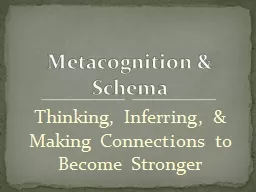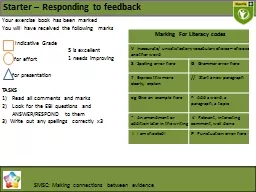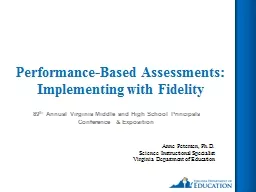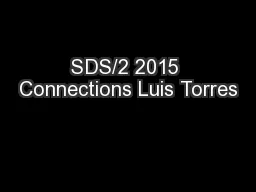PPT-Making Connections Performance-Based Assessment within
Author : briana-ranney | Published Date : 2018-11-03
a Balanced Assessment Framework Please follow along httpsgoogl8Uj9qs 1 Lynne Bland Chesterfield County Public Schools Jennifer Brown
Presentation Embed Code
Download Presentation
Download Presentation The PPT/PDF document "Making Connections Performance-Based Ass..." is the property of its rightful owner. Permission is granted to download and print the materials on this website for personal, non-commercial use only, and to display it on your personal computer provided you do not modify the materials and that you retain all copyright notices contained in the materials. By downloading content from our website, you accept the terms of this agreement.
Making Connections Performance-Based Assessment within: Transcript
Download Rules Of Document
"Making Connections Performance-Based Assessment within"The content belongs to its owner. You may download and print it for personal use, without modification, and keep all copyright notices. By downloading, you agree to these terms.
Related Documents














